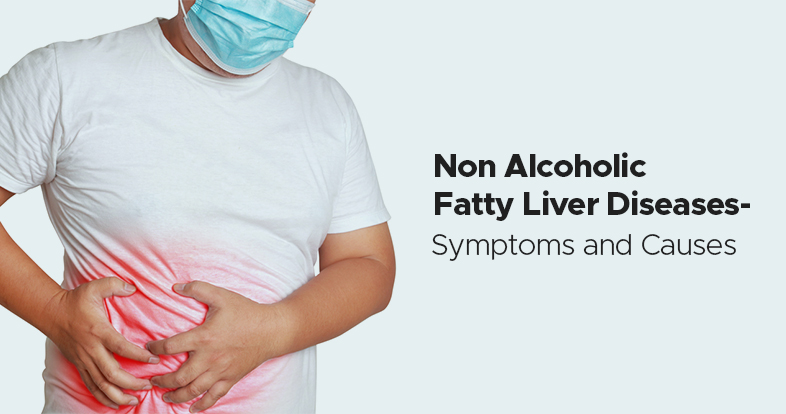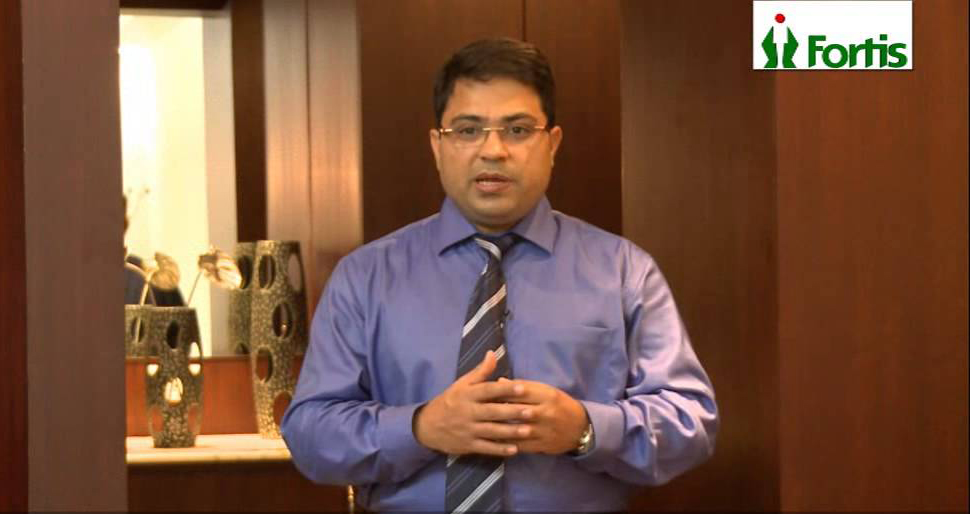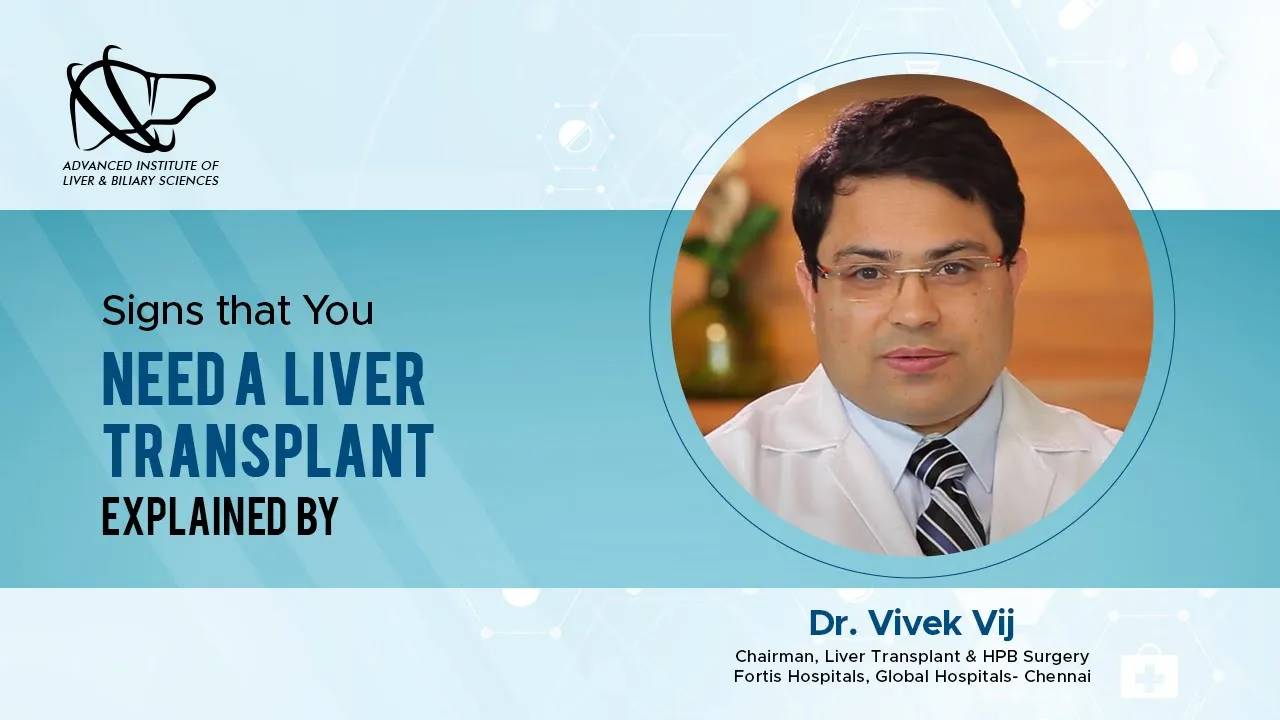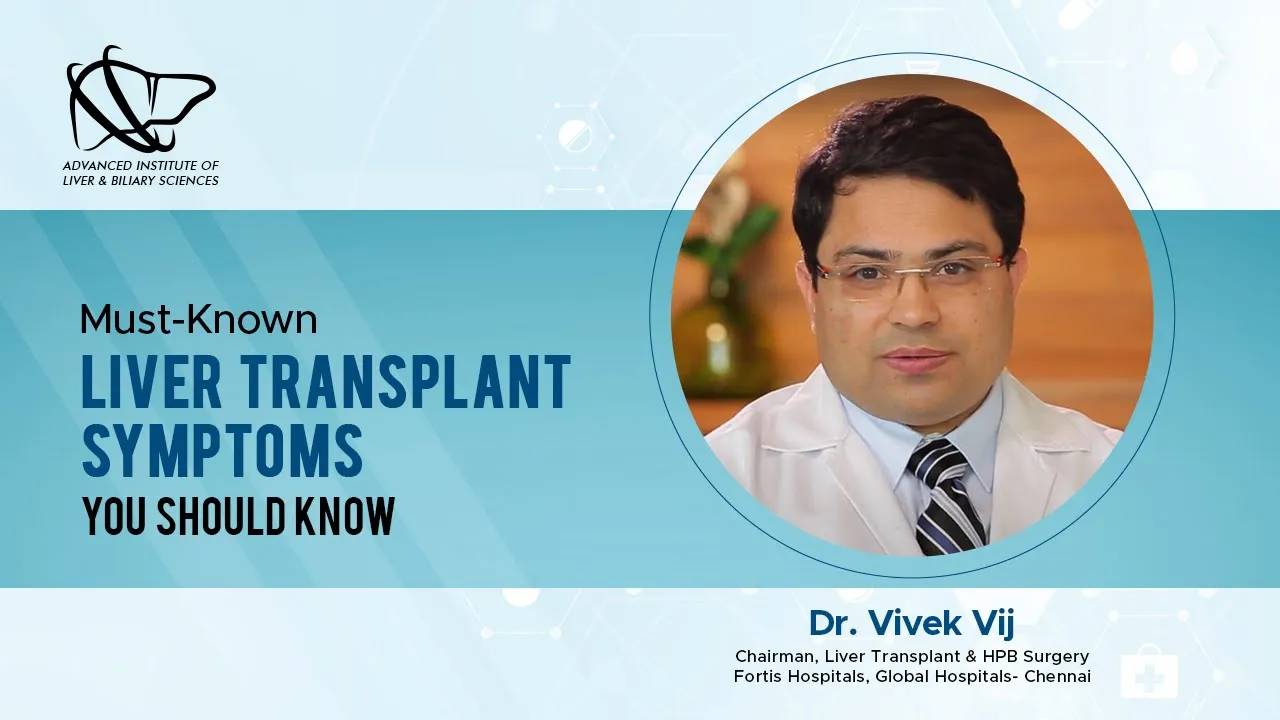
The liver plays a vital role in filtering toxins from our blood and aiding digestion. When fat accumulates in liver cells, it can indicate a condition called nonalcoholic fatty liver disease (NAFLD). Left unchecked, NAFLD can progress, leading to damaged liver function. Understanding what causes fatty liver and recognizing symptoms early is critical to addressing this issue before it advances. In this blog, we will examine what NAFLD is, what puts you at risk, signs to look out for, and lifestyle changes you can make to manage it. Arm yourself with knowledge about protecting your liver health.
Nonalcoholic Fatty Liver Disease is a spectrum of liver conditions affecting people who consume little to no alcohol. It starts with a simple fat buildup in liver cells, known as steatosis. Without intervention, it can progress to Nonalcoholic Steatohepatitis (NASH), marked by liver inflammation and damage. NAFLD can lead to more severe liver damage, including fibrosis, cirrhosis, or even liver cancer.
When it comes to Nonalcoholic Fatty Liver Disease (NAFLD), the body often whispers warnings before it starts to shout. Initially, NAFLD is like a silent intruder sneaking in without noticeable symptoms. But as it progresses, especially when it escalates to Nonalcoholic Steatohepatitis (NASH), the body begins to signal distress. Here’s what are the symptoms & causes of NAFLD & NASH:
Feeling Tired All the Time: One of the earliest signs can be feeling unusually fatigued or weak, more than your usual tiredness after a day’s work.
Discomfort in Your Belly: Specifically, you might feel a dull or aching pain on the right side of your upper abdomen, where your liver is.
Bloating and Swelling: As the condition advances, your abdomen might swell up due to fluid accumulation, a condition known as ascites.
Changes in Skin and Eye Color: In severe cases, you might notice your skin and eyes turning yellow, a condition known as jaundice, indicating severe liver damage.
Recognizing these symptoms early can be a game-changer in managing and treating NAFLD effectively.
NAFLD doesn’t just appear out of nowhere. It’s the result of a combination of lifestyle factors and genetic predispositions that affect liver function. Let’s break down the main culprits:
Excess Body Weight: Carrying extra weight, particularly around the waist, is a crucial risk factor. It’s closely linked to fat accumulation in the liver.
Insulin Resistance: When your body’s cells don’t respond well to insulin, sugar levels in your blood remain high. To compensate, your liver tries to store more fat, leading to NAFLD.
Unhealthy Eating Habits: A diet high in sugars, especially fructose found in sweetened beverages and snacks, and saturated fats can directly contribute to fat buildup in the liver.
Lack of Physical Activity: A sedentary lifestyle makes it easier for your body to store fat, not just around your waist but also in your liver.
Genetics: Sometimes, the tendency to develop NAFLD runs in families, suggesting that genetics play a role in who gets NAFLD and how severe it becomes.
Understanding these causes is crucial. It empowers us to make changes that can prevent or slow down the progression of NAFLD, turning the tide in favour of liver health.
There’s no one-size-fits-all treatment for NAFLD, but the goal is to reduce liver fat and inflammation and prevent progression. The fatty liver treatment strategies include:
Lifestyle Modifications: Weight loss through a balanced diet and regular exercise is the cornerstone of managing NAFLD. Even a 5-10% reduction in body weight can significantly improve liver health.
Medication: While there is no specific medication for NAFLD, treating underlying conditions like diabetes and high cholesterol can help manage the disease.
Advanced Therapies: For advanced stages like NASH or cirrhosis, Dr. Vivek Vij and his team may recommend more specialised fatty liver treatment, including clinical trials for new medications or surgical options such as liver transplants.
Embrace Whole Foods: Fill your plate with fruits, vegetables, whole grains, and lean proteins. These foods are friends to your liver, providing the nutrients it needs without the added fats and sugars that stress it out.
Cut Down on the Sweets: Sugary foods and drinks, especially those high in fructose, are like foes to your liver. Limiting them can prevent excess fat from parking in your liver cells.
Choose Healthy Fats: Not all fats are villains. Swap out saturated fats found in butter and red meat for healthier options like olive oil, avocados, and nuts. These can help manage inflammation and support overall liver health.
Stay Hydrated: Drinking plenty of water throughout the day helps flush toxins from your body, easing the workload on your liver.
Regular Check-ups: Even after making lifestyle changes, keeping in touch with your healthcare provider is vital. Regular blood tests, liver function tests, and ultrasounds can monitor your liver’s health and catch any changes early.
Stay Active: Regular physical activity helps burn triglycerides, a type of fat in your blood and decreases liver fat. Find an activity you enjoy, whether it’s walking, swimming, or yoga, and make it a part of your routine.
Watch Your Weight: Keeping your weight in a healthy range is crucial. If you’re overweight, losing even a small percentage can significantly improve liver health and reduce fat buildup.
Avoid Alcohol: Alcohol can add extra strain on your liver, so it’s wise to limit consumption or avoid it altogether, especially if your liver is already under stress from NAFLD.
Nonalcoholic Fatty Liver Disease is a wake-up call for many, highlighting the importance of liver health in our overall well-being. If you are concerned about NAFLD or seeking expert liver care, Dr Vivek Vij and his team offer the comprehensive support and advanced treatments you need to protect and restore your liver’s health. Take the first step towards safeguarding your liver’s well-being today.
Can I reverse NAFLD by changing my diet?
Ans. Yes, changing your diet can significantly impact NAFLD. Eating whole foods, cutting down on sugars, and choosing healthy fats can reduce liver fat. While diet alone may not “reverse” NAFLD for everyone, it can certainly improve liver health and prevent further damage.
How much exercise do I need to help my NAFLD?
Ans. Aim for at least 150 minutes of moderate-intensity exercise per week. Activities like brisk walking, cycling, or swimming can help reduce liver fat and improve your overall health. Remember, the best exercise is the one you enjoy and can stick with long-term.
Is NAFLD only found in overweight people?
Ans. While NAFLD is more common in people who are overweight, it can affect individuals of normal weight, too, especially those who carry excess fat around their waist or have insulin resistance. Everyone needs to maintain a healthy lifestyle.
Can NAFLD turn into something more serious?
Ans. Yes, NAFLD can progress to a more severe form called Nonalcoholic Steatohepatitis (NASH), which can lead to cirrhosis, liver failure, or liver cancer in some cases. Regular check-ups and managing your diet and lifestyle are crucial to preventing progression.


